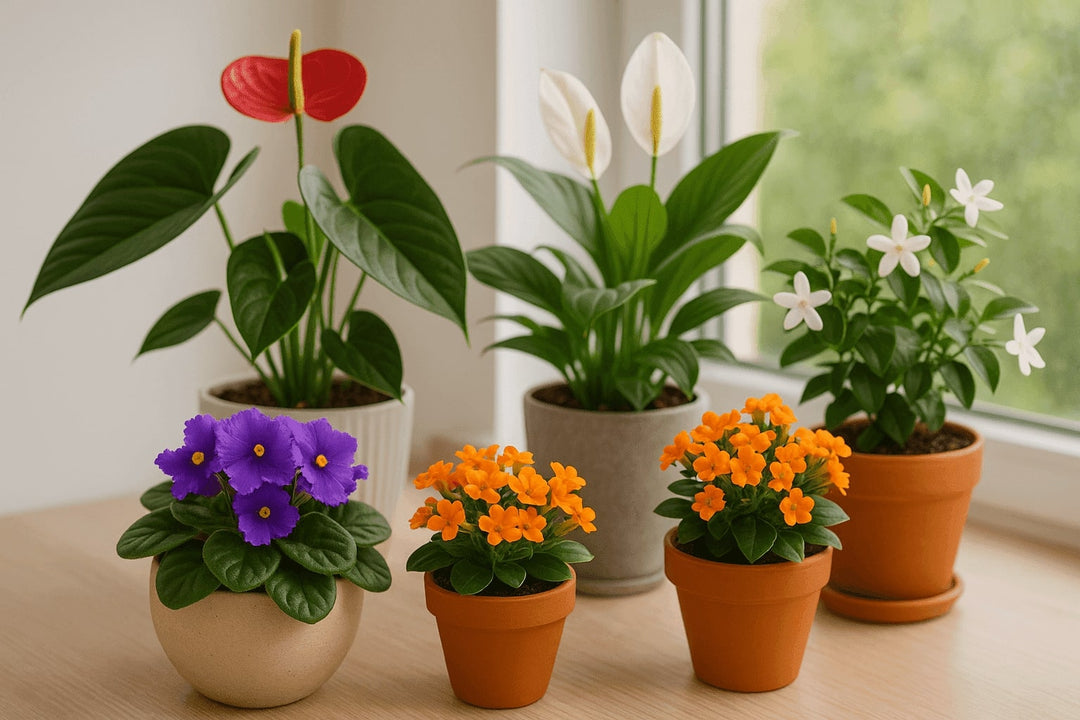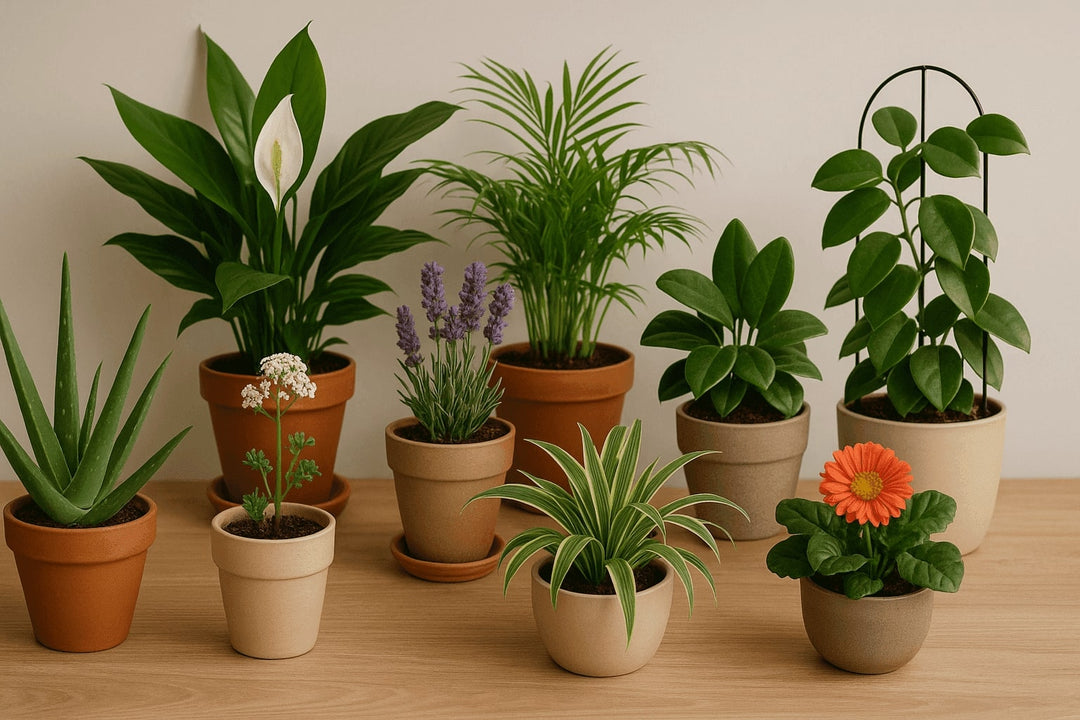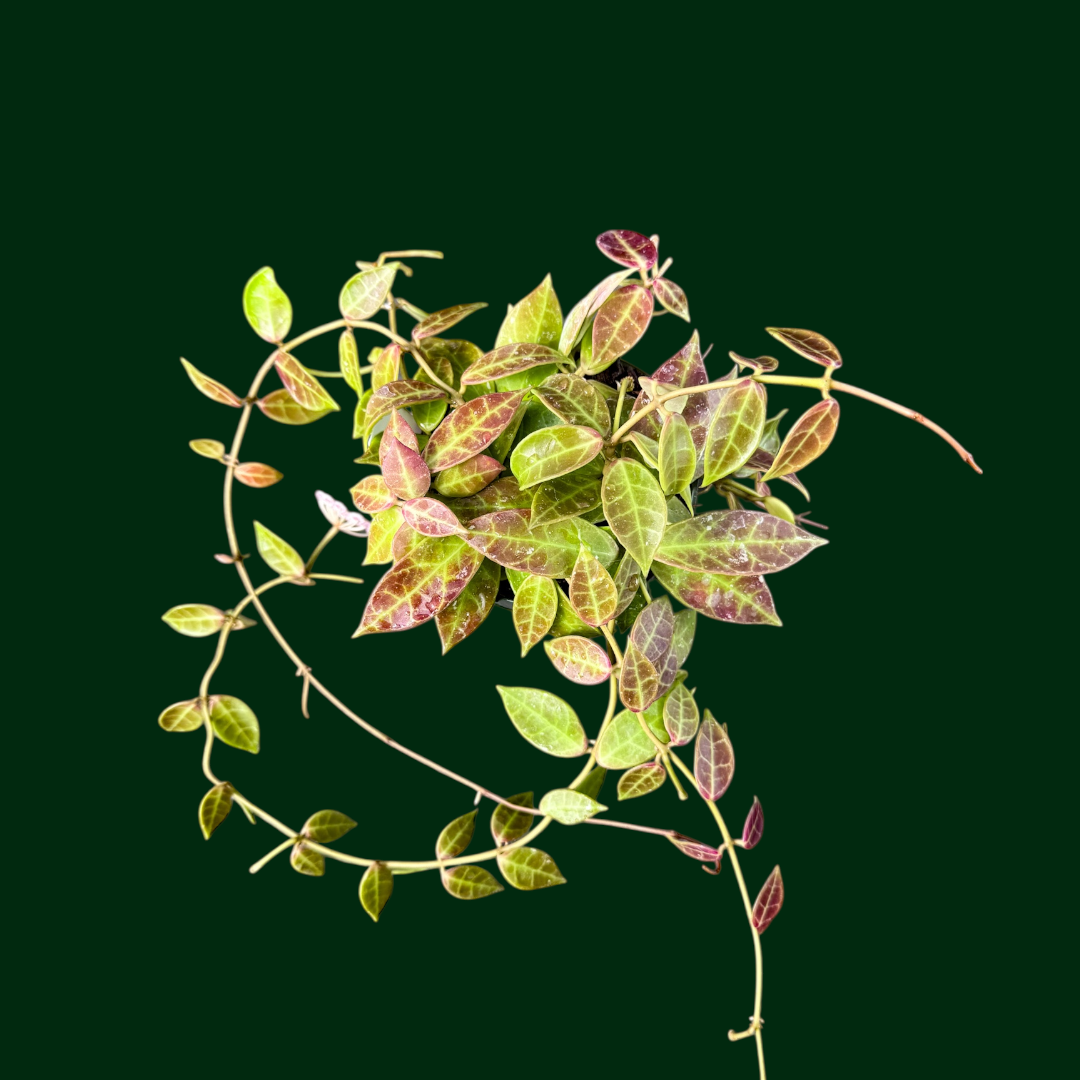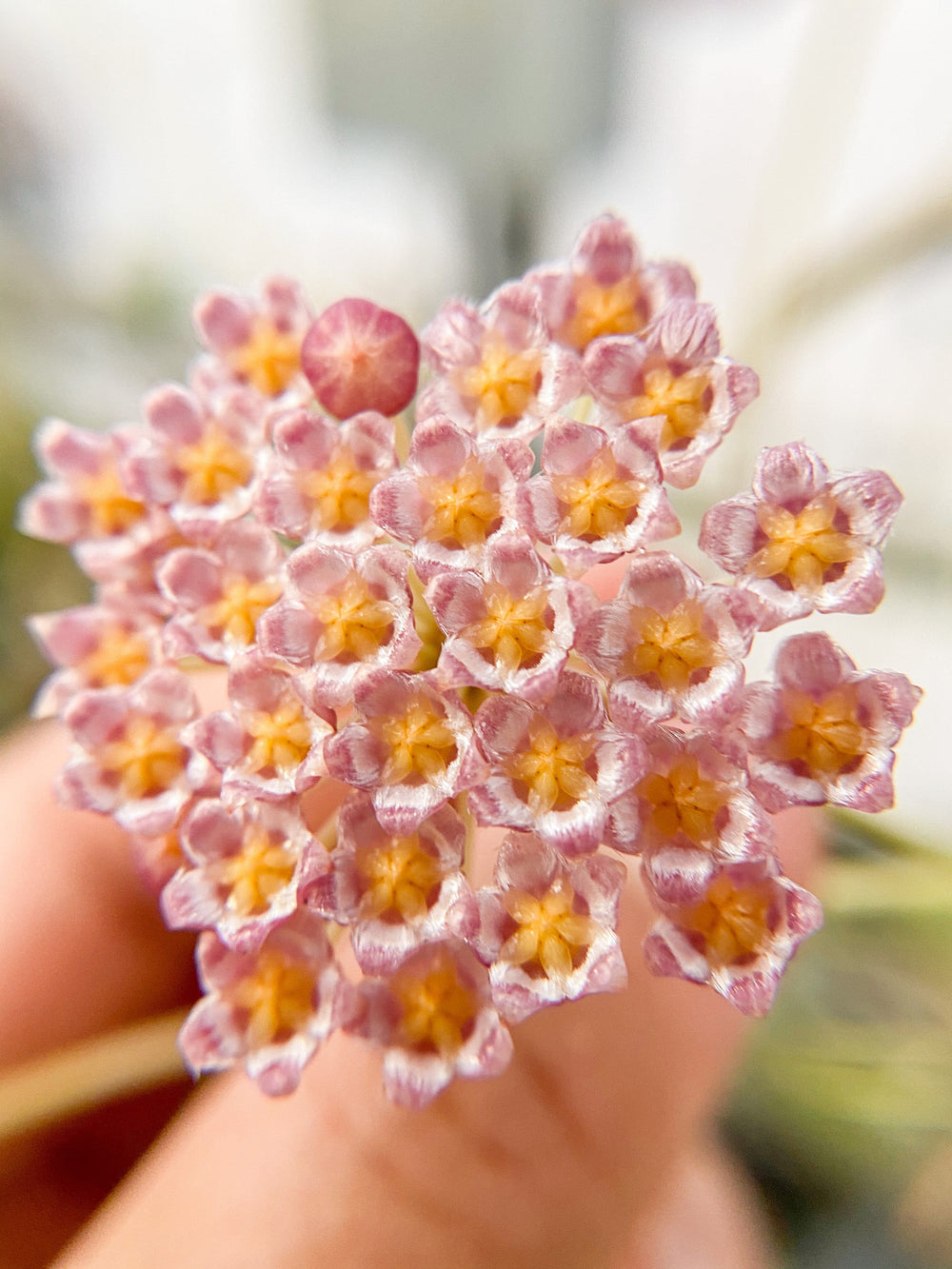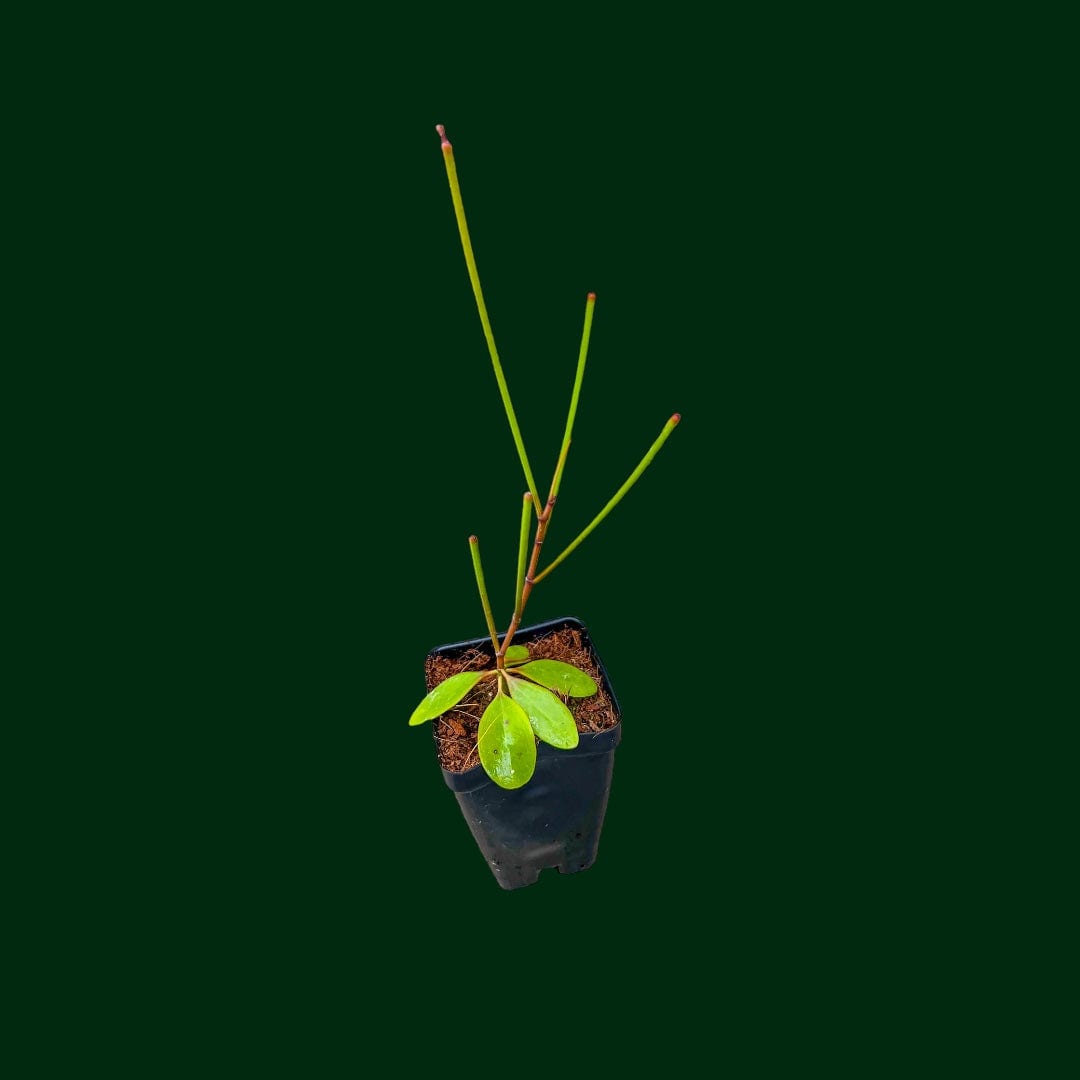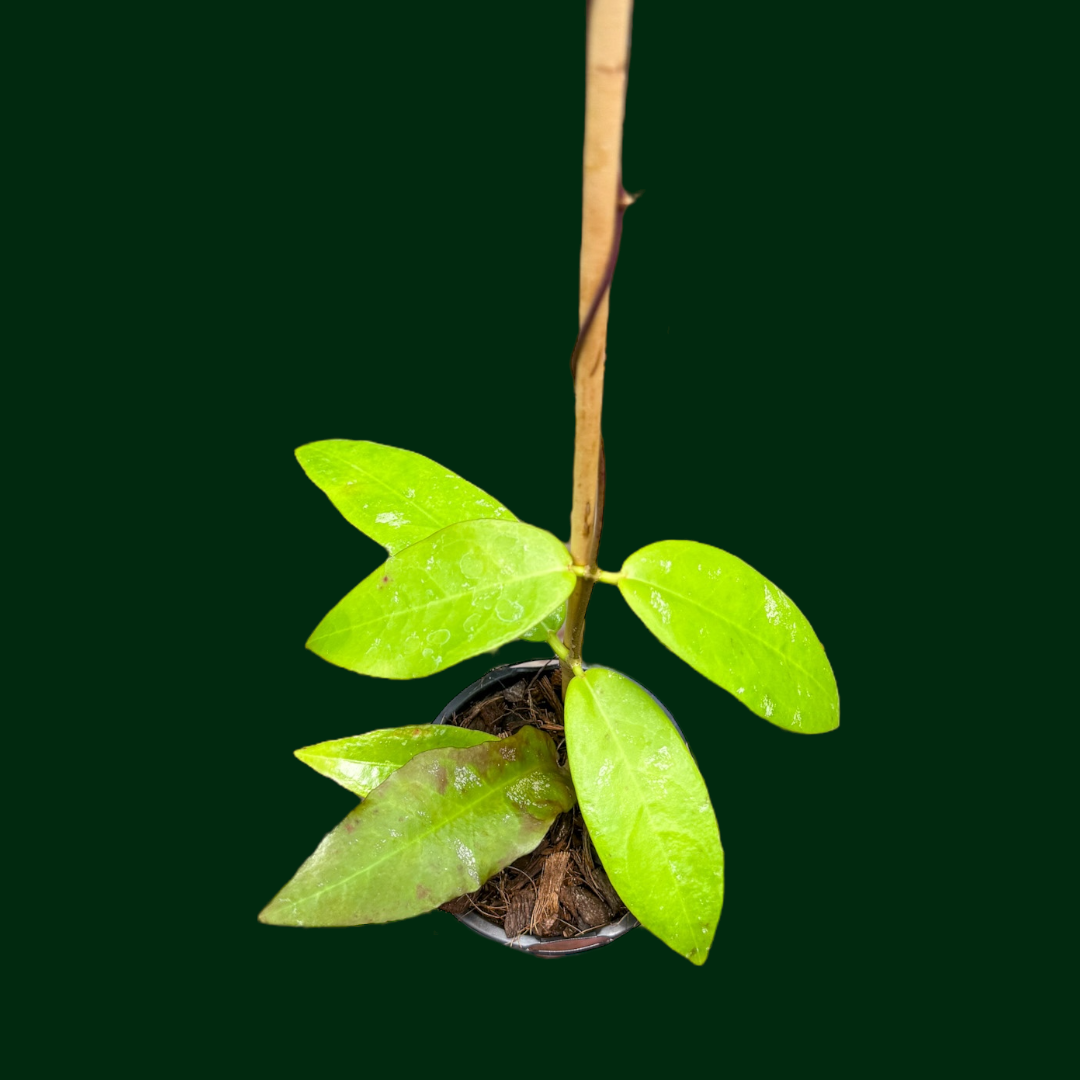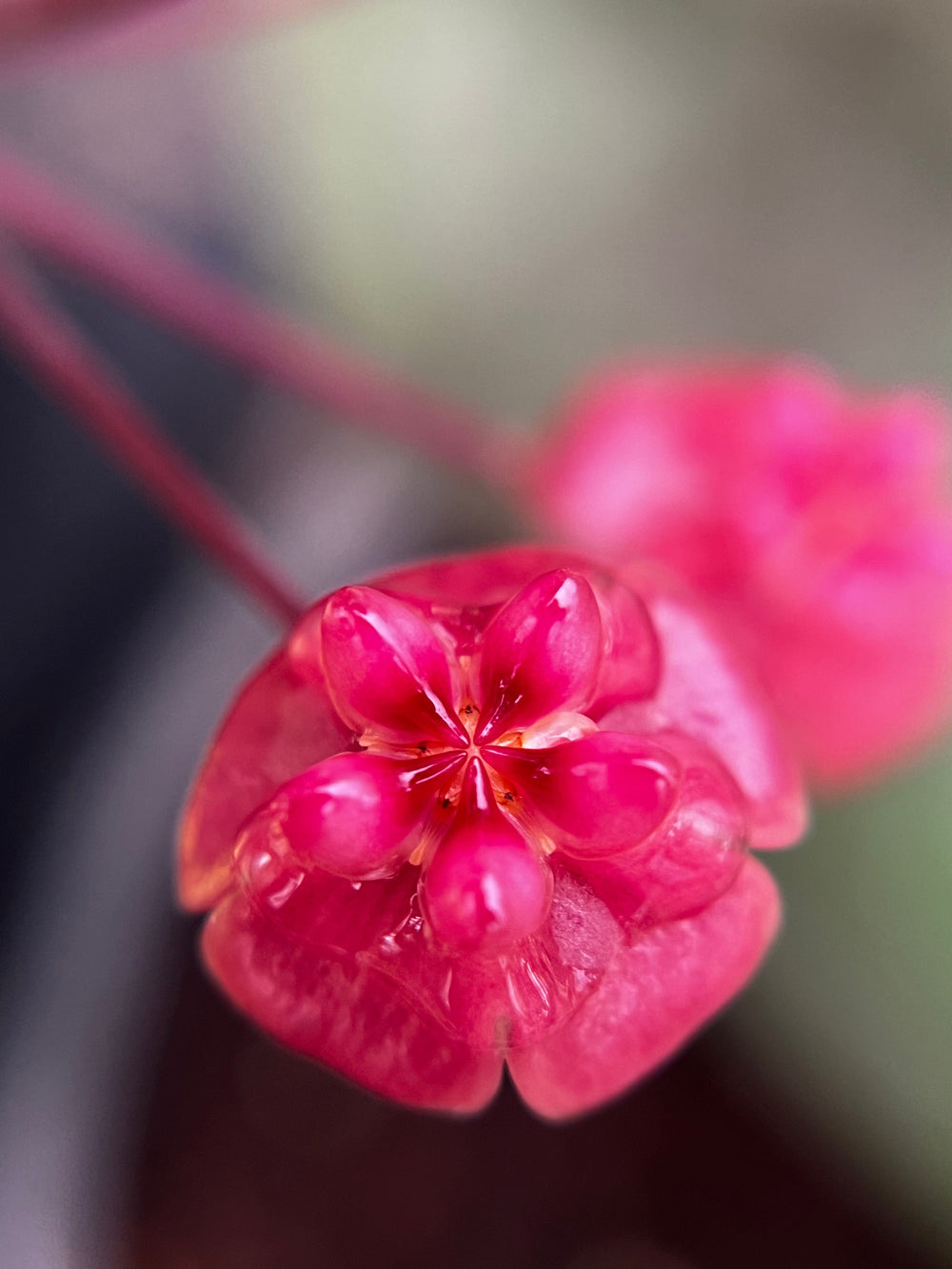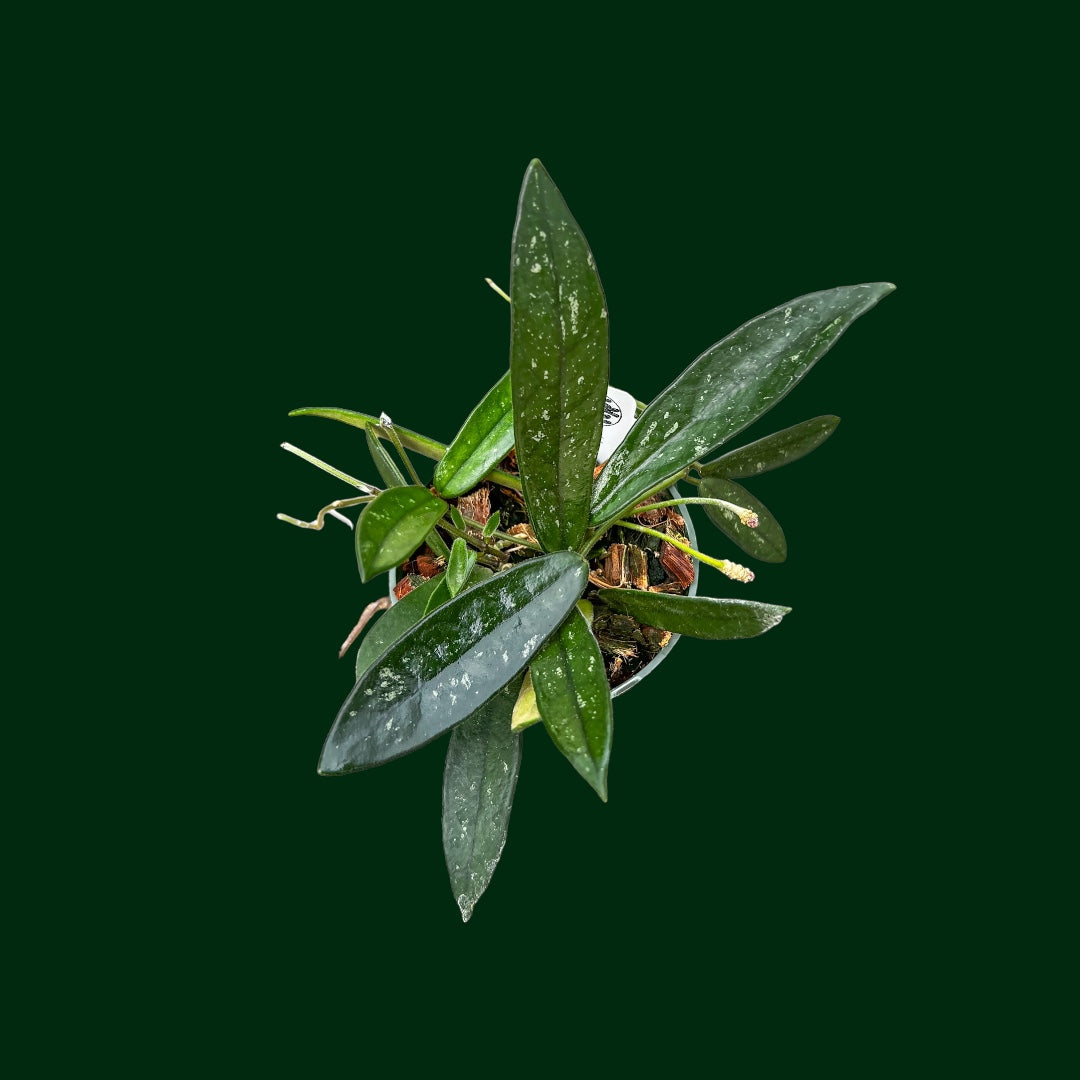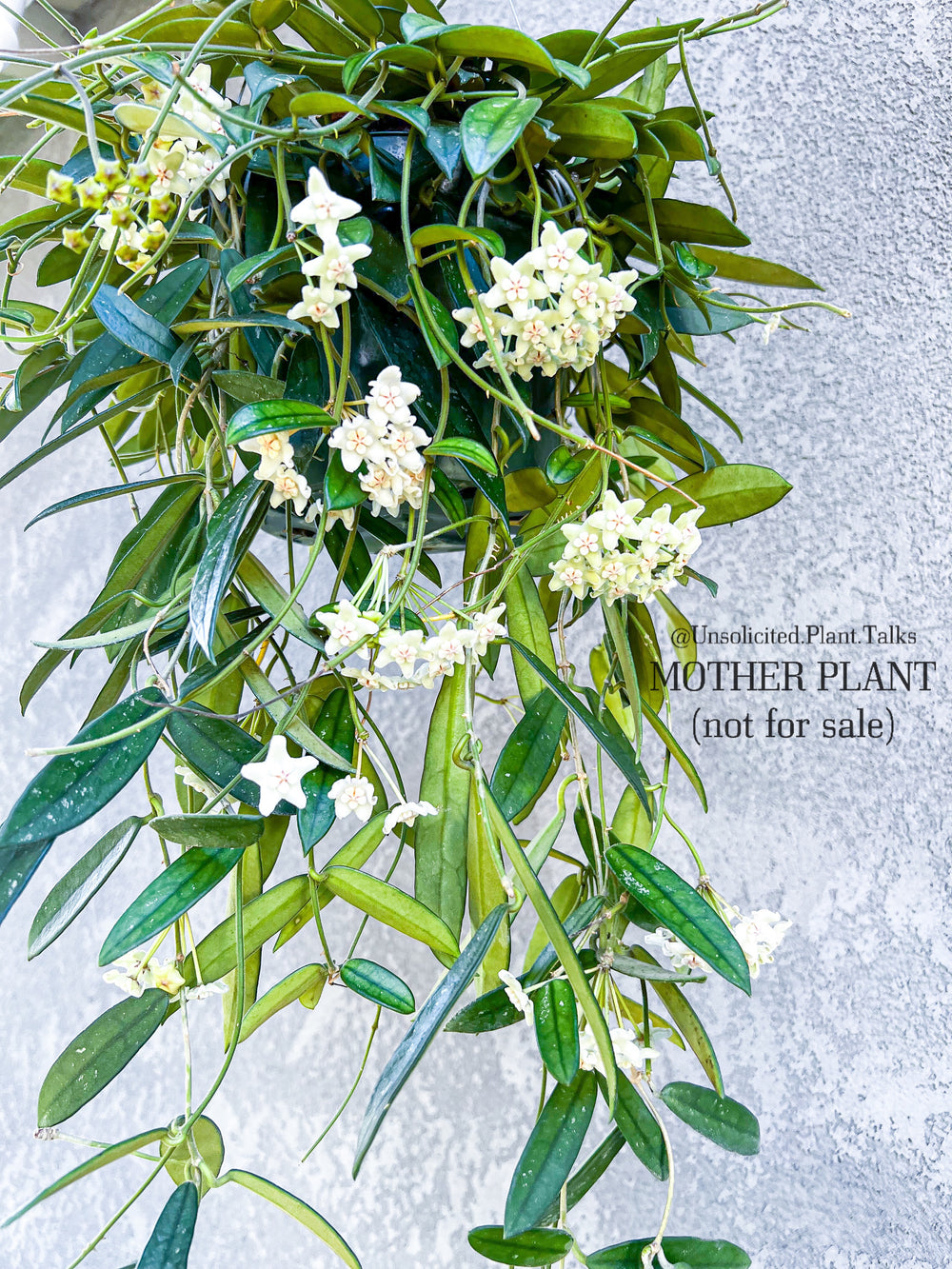Light, Camera, Hoya! Mastering the Art of Plant Photography
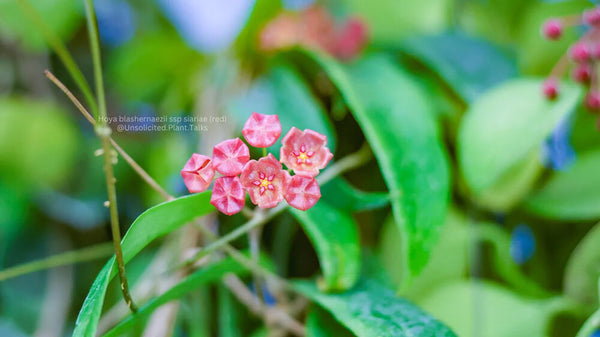
Table of Contents
- The Gear: Building Your Hoya Photography Toolkit
- The Technique: Mastering Camera Settings and Composition
- The Creativity: Lighting and Backgrounds
- The Magic: Advanced Techniques for Hoya Photography
- The Finish: Post-Processing for Perfect Hoya Images
- Embrace the Beauty of Hoya Flowers
Capturing the intricate beauty of Hoya flowers is an art form that requires both technical skill and creative vision. These stunning plants, with their waxy leaves and star-shaped blooms, offer endless possibilities for photographers.
Whether you're a seasoned pro or a passionate hobbyist, this guide will help you master the art of photographing hoya flower images with unique, intuitive, and high-quality results. Prepare to dive into the world of Hoya photography, where every shot becomes a work of art.
The Gear: Building Your Hoya Photography Toolkit
Cameras and Lenses

Your choice of camera and lens is crucial to create captivating hoya images. An interchangeable lens camera, whether a DSLR or mirrorless, offers the flexibility needed for plant photography.
A macro lens is indispensable for capturing the intricate details of Hoya flowers. A 90mm or 105mm macro lens strikes the perfect balance, allowing you to get close without casting shadows or disturbing the delicate blooms.
Additionally, consider investing in extension tubes or close-up filters to enhance the magnification capabilities of your existing lenses.
Tripods and Stabilizers

While handheld shots can sometimes work, a tripod ensures stability and sharpness, especially in low-light conditions. A flexible tripod head lets you adjust angles easily, making it perfect for capturing the trailing vines of the Hoya.
To add stability and avoid camera shake, use a remote shutter release system or your camera's timer function. This setup is particularly useful when composing shots that require meticulous attention to detail and long exposure times.
Lighting Equipment

Natural light is ideal for photographing images of hoya plants, but having additional lighting tools can enhance your shots. Reflectors or ring lights can help manipulate light to highlight the textures and colors of Hoya flowers.
Soft, diffused lighting, achieved through softboxes or natural diffusers like sheer curtains, can create a beautiful, even light that enhances your photos. Experimenting with different light sources, such as LED panels or small flash units, can also add creative effects and bring out the best in your Hoya photography.
The Technique: Mastering Camera Settings and Composition
Aperture and Depth of Field
For stunning hoya plant images, mastering depth of field is essential. A wider aperture on your apparatus - between f/2.8 and f/5.6 - creates a shallow depth of field, making the flowers stand out against a beautifully blurred background.
This technique is perfect for highlighting the intricate details of Hoya blooms. Conversely, a narrow aperture (f/11 to f/16) can be used to keep the entire plant in focus, showcasing the lush foliage and trailing vines.
Practicing with different aperture settings can help you find the sweet spot that best suits your artistic vision and the specific characteristics of each Hoya flower.
Shutter Speed and ISO
Use a shutter speed of at least 1/100s for handheld shots to avoid camera shake and ensure sharp images. If you're using a tripod, slower shutter speeds can be used to allow more light. Keep the ISO as low as possible (100-400) to avoid noise and grain, especially when shooting in natural light.
Balancing the exposure triangle - aperture, shutter speed, and ISO - can help you achieve the desired effect, whether it's a crisp, detailed shot or a soft, dreamy image.
Focus and Composition
Manual focus is often more reliable for macro photography, allowing you to control the precise focus point. Consider the cardinal rule of thirds when composing your shots to create a balanced and engaging image.
Don't be afraid to experiment with different angles; shoot from above, below, and side-on to capture the unique perspectives of the Hoya's trailing vines and blooms. Utilizing focus stacking techniques can also help you achieve a greater depth of field, ensuring that every part of the flower is sharp and in focus.
The Creativity: Lighting and Backgrounds
Utilizing Natural Light
Morning or late afternoon light is ideal for photographing hoya flower images, as it's soft and golden, reducing harsh shadows and highlights. Overcast days are also great for even, diffused lighting.
If you're shooting indoors, position your plant near a window with indirect light. Experiment with the direction of the light to see how it affects the texture and appearance of the flowers, and don't hesitate to move your plant or yourself to find the perfect lighting angle.
Background Choices
A clean, uncluttered background helps your Hoya flowers stand out. Solid colors or natural backgrounds like green foliage work well. You can also use a shallower depth of field to further blur the background, making the flowers the focal point.
Consider using complementary colors to make the blooms pop, or create a custom backdrop with fabrics or papers for a more controlled environment. This can help eliminate distractions and enhance the visual impact of your images.
Enhancing with Artificial Light
If the available natural light is insufficient, use artificial light sources like LED panels or ring lights. Position the lights to mimic natural light angles, and use diffusers to soften the light.
Reflectors can assist in filling in shadows and add a sparkle to the flowers. Experiment with different lighting setups, such as stronger backlighting or side lighting, to add further depth and dimension to your photos. The key is to create a lighting scenario that enhances the natural beauty of the Hoya flowers.

The Magic: Advanced Techniques for Hoya Photography
Macro Photography
Macro photography is perfect for capturing the minutest details of Hoya blooms. Use a dedicated macro lens and get as close as your lens allows. Focus on the central part of the flower, highlighting the unique star-shaped structure and textures.
Don't hesitate to explore extreme close-ups to reveal the intricate patterns and colors that are often missed by the naked eye. Using focus stacking techniques can further enhance the detail and depth of your macro shots.
Close-Up Shots
Close-up shots emphasize the patterns and colors of the Hoya. Fill the frame with the flower, focusing on the symmetry and repeating patterns. This approach works well with both natural and artificial light, ensuring that the flower's details are crisp and clear.
Experiment with diversity in focal lengths and compositions to find the most striking representation of the Hoya flowers. Adding water droplets or other elements can also create interesting effects and add a dynamic element to your shots.
The Finish: Post-Processing for Perfect Hoya Images
Editing Software
Using premium photo editing software like Adobe Lightroom or Photoshop can enhance your hoya plant images. Basic adjustments like exposure, contrast, and saturation can make your photos pop. Sharpening the image slightly can also bring out the intricate details of the flowers.
Utilize advanced editing techniques such as selective color adjustments and layer masking to refine your images further and bring out the best in your Hoya photographs.
Cropping and Framing
Sometimes, cropping can improve the composition by removing distracting elements. Ensure that the flower remains the focal point and that the crop enhances rather than detracts from the image.
Consider different aspect ratios and framing techniques to see what best complements your photo. A well-cropped image can transform an ordinary shot into a compelling visual narrative.
Color Correction
Hoya flowers come in various colors, and accurate color representation is crucial. Adjust the white balance to reflect the more realistic colors of the flowers, especially if the lighting was less than ideal during the shoot.
Experiment with hue, saturation, and luminance adjustments to enhance the natural beauty of the Hoya blooms. Subtle color corrections can make a significant difference in the final look of your photos, ensuring they stand out and capture the viewer's attention.
Embrace the Beauty of Hoya Flowers
Photographing Hoya flowers is a rewarding endeavor that combines technical skill with creative vision. By understanding the essentials of gear, settings, and lighting and by applying these tips and techniques, you can create stunning hoya images that capture the plant's delicate beauty.
Remember, practice and experimentation are key. So, grab your camera, find a beautiful Hoya, and start shooting! Embrace the process, enjoy the indescribable journey, and let your passion for plant photography blossom with every shot.



